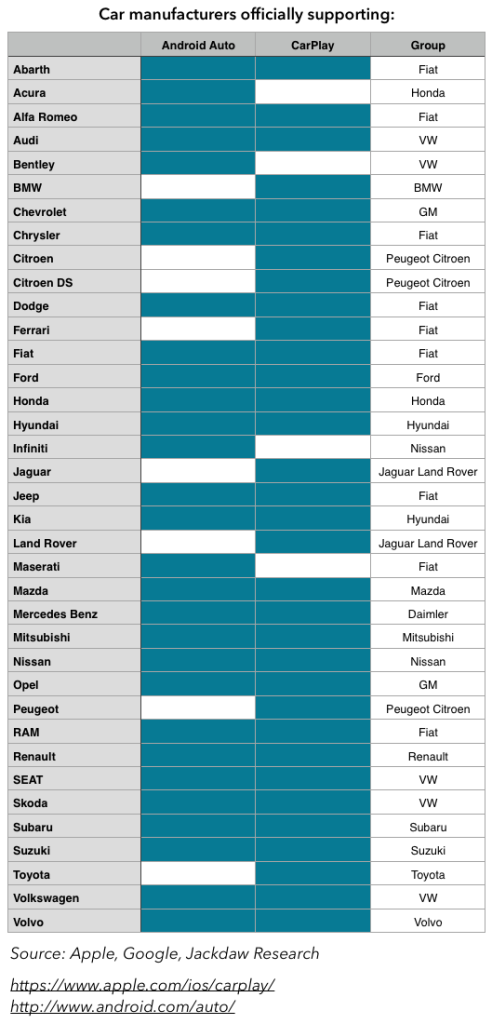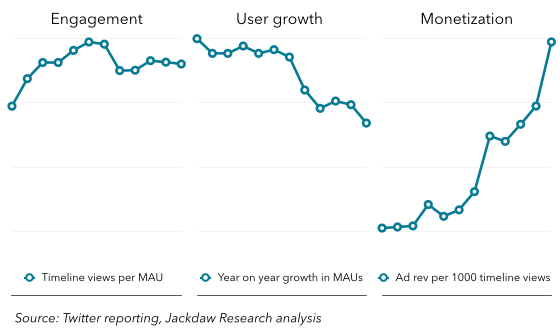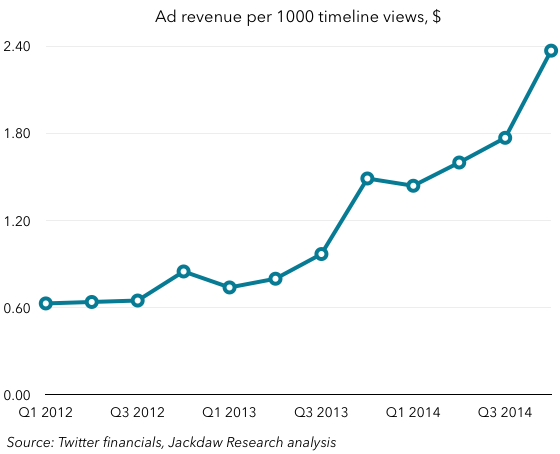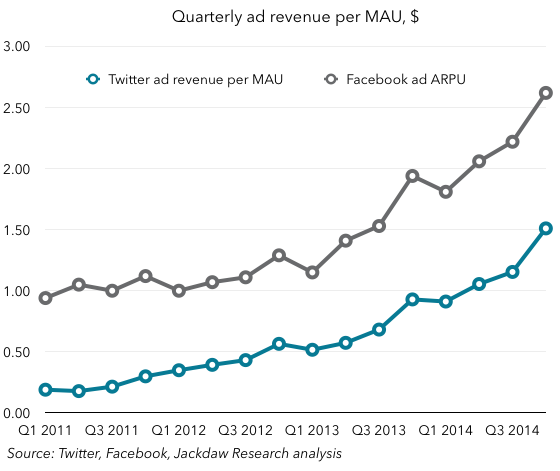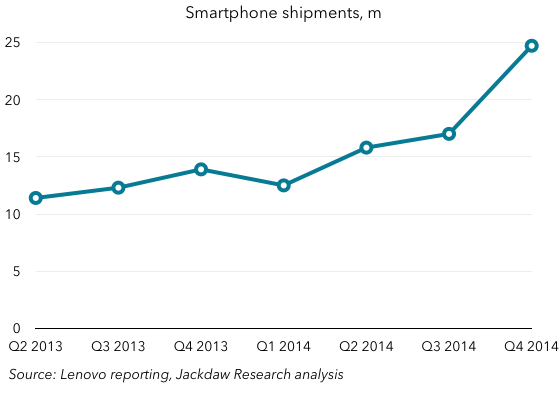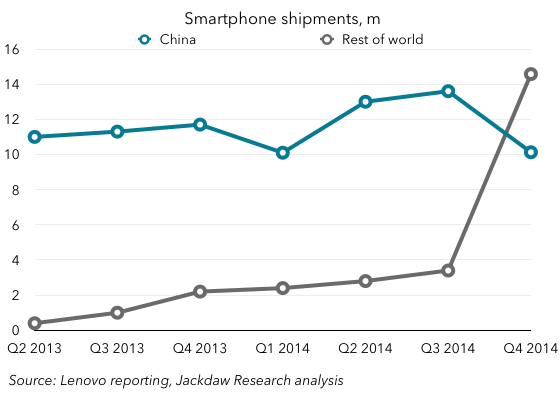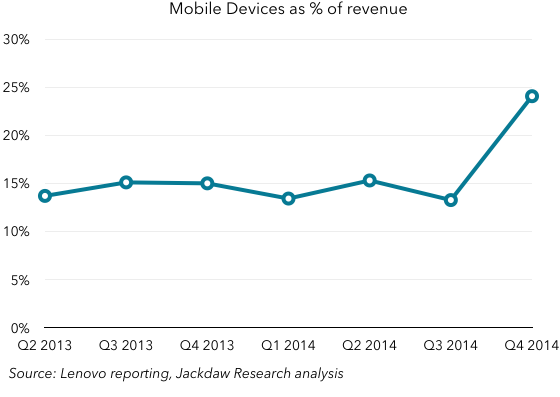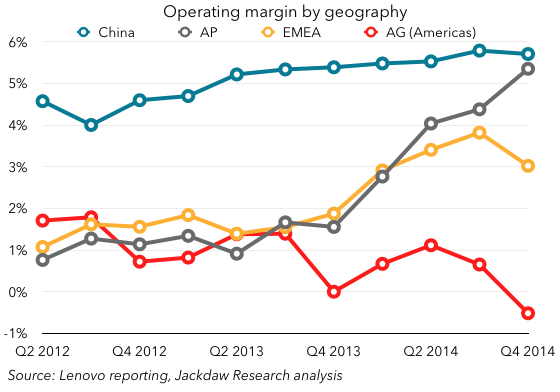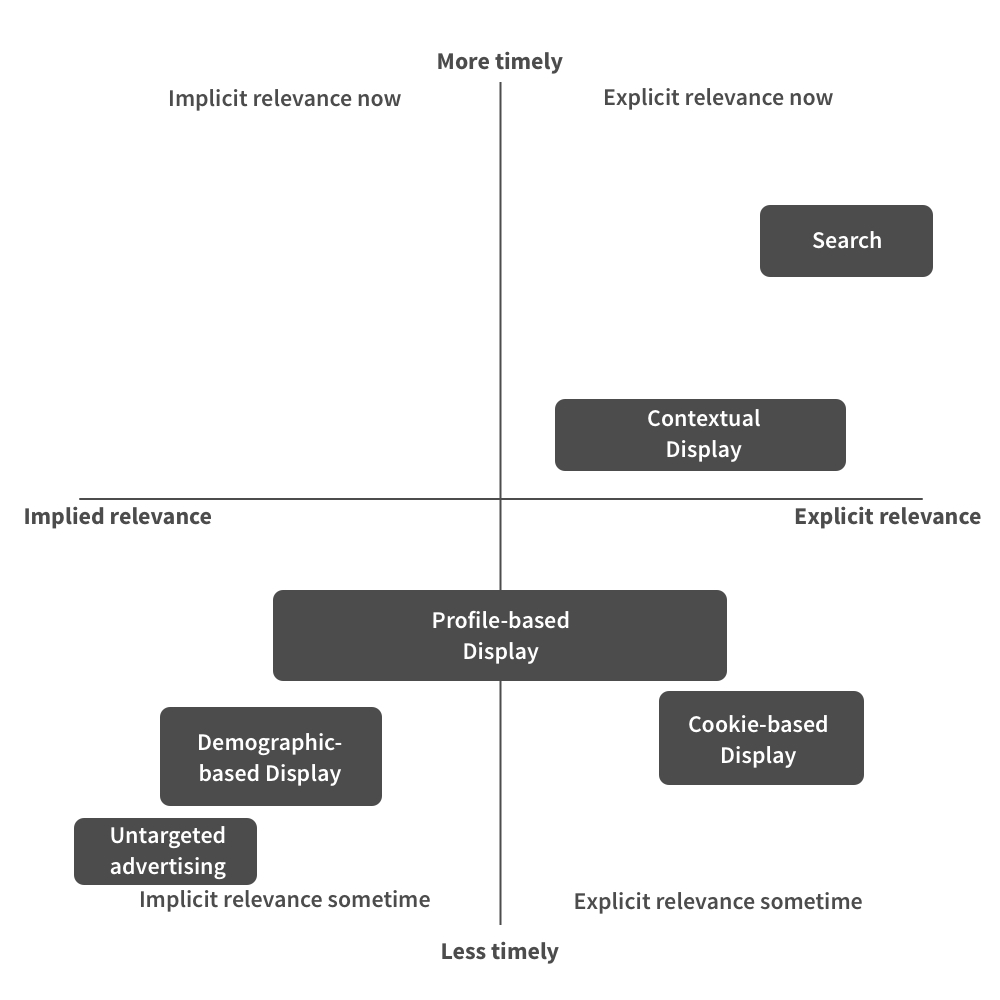I had the opportunity to attend Apple’s Spring Forward event yesterday, and wanted to give my quick take on both the event and the brief hands-on I had with both the Apple Watch and the new MacBook. I’ve already written about Apple’s ResearchKit announcement over on Techpinions (for Insiders), and put out a brief comment for reporters yesterday too.
A surprising order
Apple often starts its keynotes with a minor update on retail and other statistics, and this one was no different in that respect. However, it then normally focuses on the main event, followed by one or more additional items – the legendary “one more thing” Steven Jobs was so fond of. What was so interesting to me here was that the Apple Watch was the focus of all the pre-event speculation, and yet it was held for last, almost an hour into the event, and was given only just over 30 minutes of its own. Much of that first hour was taken up with several other announcements: ResearchKit, the new MacBook, the Apple TV price drop and the HBO Now exclusive. I think the reason for this order was likely that Apple had already covered the basics of the Apple Watch in September, with little new information to be announced yesterday other than price and availability.
ResearchKit
See my Techpinions piece for a deeper dive into what I think ResearchKit means and represents for Apple, but in some ways this was the announcement I was most excited about. It suggests various things about Apple and its potential, not least its ability to marshall its considerable resources and its installed base not just in the service of selling more product, but also in the service of doing good in the world. I see this is as a first move beyond the hobbyist self-tracking that’s usually associated with health and fitness trackers and into something that’s truly meaningful in the field of medicine.
New MacBook
The new MacBook is interesting for three key reasons: the naming and positioning, the switch to USB-C, and the technological advances involved. Taking the last first, this is clearly an example of the way in which Apple can, when it wants to, move to extend its lead in key product categories through the use of focused, meaningful innovation. Just as the MacBook Air was a huge leap forward, and has arguably maintained a lead over the competition for several years, this new device is likely to set Apple’s computers apart for the foreseeable future. It’s both a great step forward in portability and a bet on the future – a wireless future which seems more and more possible all the time, and which is being held back at this point mostly by the poor performance of wireless charging. I’ve no doubt that at some point Apple will embrace that too, but for now it’s betting instead on making battery life so long that charging is an occasional rather than a constant concern on these devices.
The switch to USB-C, and the removal of almost all other ports, is the biggest visible representation of this bet on the future, and like the removal of CD/DVD drives and Ethernet ports, will cause some consternation and complaining about the need for various adapters and such. In a scenario where someone wants to power their deice while carrying on a Skype call using an external mic and display, a MacBook user will need to plug three different items into that one port, something Apple has clearly envisaged with its various adapters. But Apple has also been laying the groundwork for this move with a variety of wireless technologies including AirPlay and AirDrop, and various standardized technologies such as Bluetooth and WiFi obviously play a role too.
Naming and positioning was the last interesting aspect, in that this device obviously looked a lot like a MacBook Air from the moment it appeared on screen, but was never referred to as such and indeed fills the MacBook slot rather than the MacBook Air slot. My sense is that the MacBook Air filled a temporary role in Apple’s product portfolio, necessary as long as the technologies involved commanded a significant premium over the base level, but soon to disappear as the key attributes (thinness, lightness, massive battery life) make their way into the MacBook line. Over time, Apple is likely to go back to the 2×2 matrix Jobs trumpeted when he returned to Apple – pro and consumer laptops, in two flavors rather than three.
I had an opportunity to use the MacBook for a few minutes at the event, and it’s truly impressive in terms of the thinness and lightness combined with the amazing screen. The absence of a fan is a plus in some ways, but it’ll be worth watching the reviews for the tradeoffs in terms of performance. Others have pointed out that the specs and performance may be more on a par with Macs from several years ago than any of recent vintage, but I’m curious to see how real-world performance is. Talk of taptic feedback in the keynote had me concerned – I’ve never been a fan of haptics in devices – but the instantiation in the MacBook trackpad feels nothing like any haptic technology I’ve ever experienced before. It’s basically used to provide a second-layer clicking feeling for the “force click” even as the new trackpad doesn’t actually travel. It’s another one of those things that has to be experienced in person to be understood, but it’s very effective, along with the new on-screen functionality associated with that force click. The keyboard keys are different enough that they were tricky to use at first, with quite a few typos, at least partly because the keys are wider than in the past. But I’m guessing it’s the kind of thing you’d quickly get used to.
Apple TV and HBO
The Apple TV and HBO Now announcements are interesting partly for what was announced on Monday but at least partly also because of what they signal about the future. HBO Now has some potential, and as I’ve said elsewhere I think a big part of the success will depend on how effectively HBO can get people who currently use someone else’s HBO password for HBO Go to switch to paying $15 per month for their own service. At least part of that will be about making the first real efforts to discourage sharing of passwords, and I’m curious to see how they accomplish that. The price cut on the Apple TV is clearly a concession to the much-lower price of the various streaming sticks such as Chromecast – the new price is now 2x the Chromecast price, whereas it was previously around 3x the price.
But the more interesting thing is what trends these two moves presage. A shift to a cheaper Apple TV suggests either that a new device might be coming or that Apple’s focus going forward might be less about making money on the hardware an more about seeding a base of devices that can in future subscribe to a TV service from Apple (or perhaps a range of services from various providers). I’ve written on Techpinions about what I think it would take for Apple to really turn the Apple TV into something other than a hobby, and it’s really about providing a fully-fledged subscription TV service on the device (and of course on other Apple devices). Apple is no doubt taking a cut of the HBO Now revenues, and is handling billing and so on for the service. App Store revenue sharing would suggest at 30% cut, but I’ve no idea if that’s accurate. I do think this makes it more likely that we see some sort of TV service from Apple, or more deals like the HBO one that allow Apple to act as the aggregator of a loosely-bundled pay TV replacement, and I’ll probably write more about this.
Apple Watch
Lastly, then, we come to what was to have been the main focus of the event according to all the preview coverage, but what ended up being just the last act of a multi-act performance. The key new details were the pricing and availability details. These confirmed to me several things: the Watch Edition is important in terms of positioning and in terms of Apple’s foray into true luxury (and beyond simply affordable luxury, its past focus). But ultimately, it’ll be a marginal story, available only in few places and in small numbers, and sold at a price to make it affordable for very few people. It’s an interesting story, but essentially all the action will happen between $349 and $1100, in the two other categories. Interestingly, that might well make for an ASP very much in line with the iPhone and iPad, somewhere between $500 and $700 per unit.
I had a chance to wear the Watch (the stainless steel version) and play with it some at the event, and the first thing you notice is how much functionality is there. In my five-minute demo we barely scratched the surface of what the Watch does, and I think that’s illustrative of the challenge and the opportunity for the Watch. The use cases for different people will be at least as diverse as they are for the iPad, with third-party apps making up much of the value proposition. Apple talked about three broad things the Apple Watch does: timekeeping, intimate communication, and health and fitness tracking. And there will be some number of people for whom each of these is perhaps the main focus. But there will be many more who will end up using the Watch for a combination of things that doesn’t fit neatly into any of these three categories, but rather combines both pre-installed and third-party apps in a way that creates a mosaic of useful experiences. That makes it challenging to market, but as I’ve said before I think the early adopters who buy the Watch right off the bat will be a big part of how the device reaches the next wave of people, as they discover its usefulness and communicate it to others.
Edit: I’ve been asked by a Twitter follower to add a little more on my experience with the device. It fit well on my wrist, was comfortable and felt very much like the analog watch I normally wear. It instantly felt better than pretty much any of the other smartwatches I’ve worn, at least in part because of the quality and fit of the band. The materials looked great on the one I tried and the others. The screen was responsive and easy to use. The best way to think about the buttons is that pushing the digital crown is like pushing the home button on an iOS device – it always takes you back to the main screen. The other button, meanwhile, is the communication button, which is an interesting departure for Apple – a dedicated button on a personal device for a specific set of functions. There’s lots of swiping involved too, whether to get to Glances, to swipe between Glances, to navigate on the main apps screen, to select emoji and so on and so forth. Then the digital crown is also used for scrolling and zooming, in some cases with the digital crown offering vertical scrolling and swiping on the screen controlling horizontal scrolling. I’m not going to go into any more detail just because I think it’s worth waiting for a thorough review.
I’ll no doubt write more about all of this going forward, and I’ll have at least one other piece on Techpinions later this week (Thursday is my regular day for my public column), but would love to hear your thoughts in the comments, as always.
 Finally, we still don’t know exactly which models and cars will have CarPlay in the near future – Tim Cook mentioned 40 models by end of 2015, but that’s not a ton in the grand scheme of things. I’m going to be heading to the New York Auto Show later this month, and keeping a close eye out for signs that CarPlay and Android Auto are showing up in more cars – both were conspicuously absent at CES.
Finally, we still don’t know exactly which models and cars will have CarPlay in the near future – Tim Cook mentioned 40 models by end of 2015, but that’s not a ton in the grand scheme of things. I’m going to be heading to the New York Auto Show later this month, and keeping a close eye out for signs that CarPlay and Android Auto are showing up in more cars – both were conspicuously absent at CES.